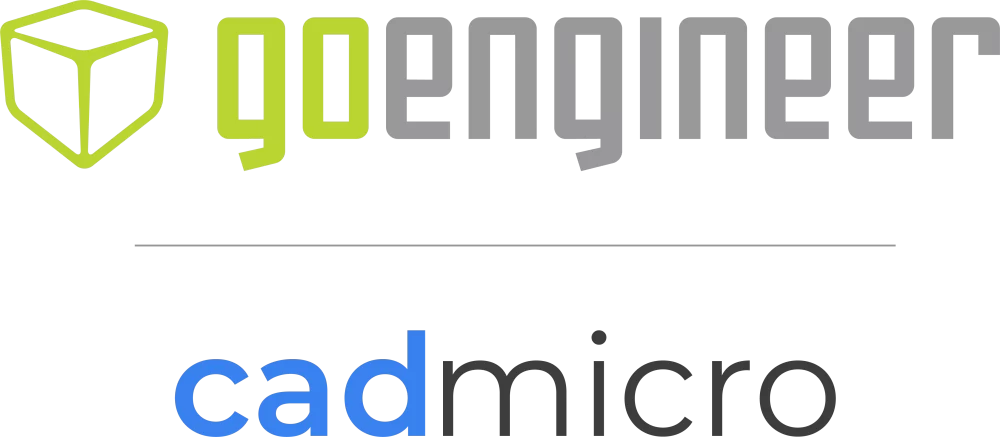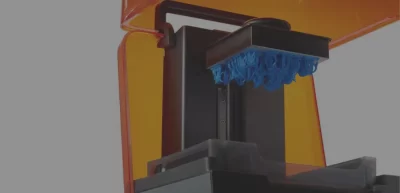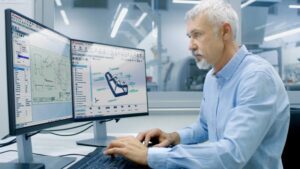1. Enhanced Visualization and Planning
Visual Components allows manufacturers to create detailed 3D models of their production lines. This enhanced visualization helps in planning and optimizing factory layouts, ensuring that every element is strategically placed for maximum efficiency. By visualizing the entire process, manufacturers can identify potential bottlenecks and make informed decisions before implementation.
2. Improved Accuracy and Precision
One of the standout benefits of Visual Components is the ability to simulate manufacturing processes with high accuracy. This precision helps in reducing errors and ensuring that the production line operates smoothly. By simulating difference scenarios, manufacturers can test and refine their processes, leading to higher quality products and reduced waste.
3. Cost Savings
By using Visual Components to simulate and optimize production processes, manufacturers can achieve significant cost savings. The ability to identify and address inefficiencies before they occur reduces the need for costly adjustments and downtime. Additionally, the software helps in minimizing material waste and improving resource utilization.
4. Faster Time-to-Market
Visual Components enables rapid prototyping and testing of new production lines. This speed is crucial in today’s competitive market, where getting products to market quickly can be a significant advantage. By streamlining the design and testing phases, manufacturers can reduce the time it takes to bring new products to market.
5. Enhanced Collaboration
The software’s intuitive interface and comprehensive visualization tools make it easier for teams to collaborate. Engineers, designers, and other stakeholders can work together more effectively, sharing insights and making collective decisions. This collaborative approach leads to better outcomes and a more cohesive production process.
6. Flexibility and Scalability
Visual Components is designed to be flexible and scalable, making it suitable for manufacturers of all sizes. Whether you’re a small business or a large enterprise, the software can be tailored to meet your specific needs. This scalability ensures that as your business grows, Visual Components can grow with you, providing consistent support and functionality.
7. Training and Education
The detailed simulations created with Visual Components are also valuable for training purposes. New employees can be trained on virtual production lines, gaining hands-on experience without the risk of disrupting actual operations. This approach accelerates the learning curve and ensures that staff are well-prepared for real-world scenarios.
8. Integration with Existing Systems
Visual Components is designed to integrate seamlessly with existing manufacturing systems and software. This compatibility ensures that you can incorporate the software into your current workflow without significant disruptions. The ability to integrate with other tools enhances the overall efficiency and effectiveness of your manufacturing processes.
9. Data-Driven Decision Making
The software provides detailed analytics and reporting features, allowing manufacturers to make data-driven decisions. By analyzing performance metrics and identifying trends, manufacturers can continuously improve their processes and stay ahead of the competition. This data-centric approach leads to more informed and strategic decision-making.
10. Future-Proofing Your Operations
As technology continues to evolve, staying ahead of the curve is essential. Visual Components helps manufacturers future-proof their operations by providing cutting-edge tools and features. By adopting the latest simulation technology, manufacturers can ensure that they are well-prepared for future challenges and opportunities.





